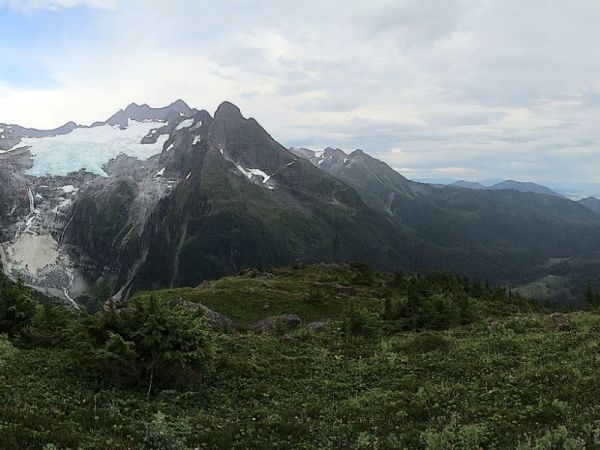Amid ongoing climate change, understanding how and where carbon is moving across ecosystems has become a top research priority. This type of “carbon accounting” helps scientists determine where the planet is sequestering and releasing atmosphere-warming carbon compounds and is especially important at the boundaries between different ecosystems.
In a new study, Edwards et al. investigate how rivers in western Canada and southeast Alaska transport dissolved organic carbon and fresh water into the Gulf of Alaska.
The study region, which spans from northern British Columbia to the southwestern corner of the Yukon Territory, represents an incredibly complex confluence of glaciers, forests, mountains, and plateaus with river systems that drain into bays, fjords, and channels before reaching the Pacific Ocean.
Continue reading at American Geophysical Survey
Image via American Geophysical Survey


